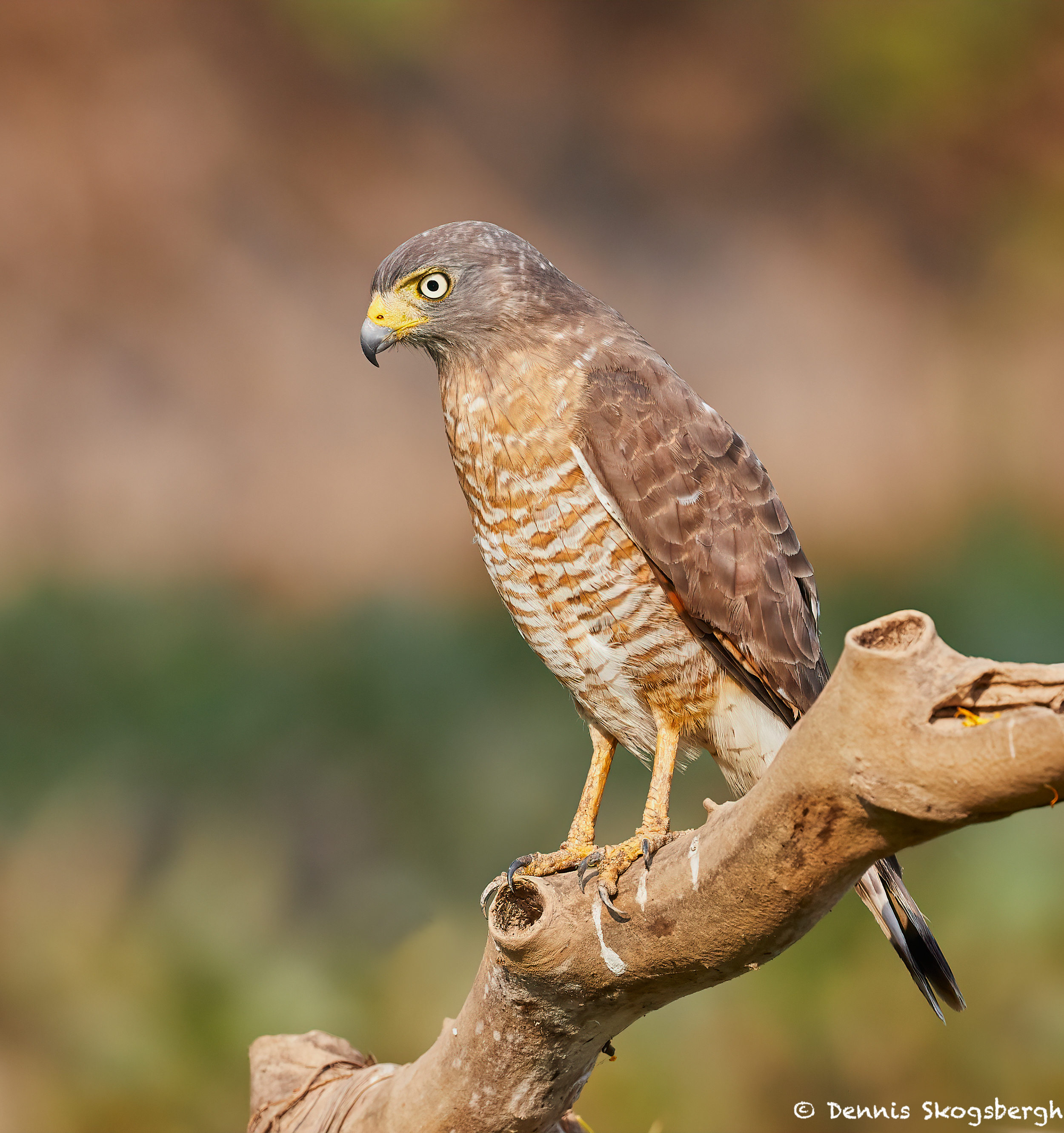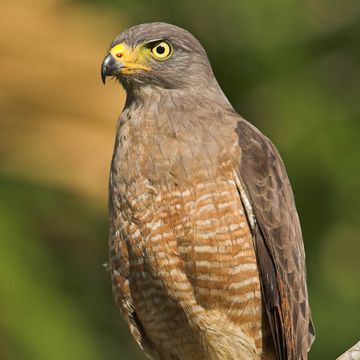The Magnificent Buteo Magnirostris Magniplumis: A Closer Look At The Southern Brazil Hawk
Share
The Buteo magnirostris magniplumis, commonly known as the Southern Brazil Hawk, is a remarkable bird of prey belonging to the family Accipitridae. This species is a part of the suborder Falcones and the subfamily Buteoninae. With its striking appearance and fascinating behaviors, the Southern Brazil Hawk is a subject of interest for ornithologists and birdwatchers alike. This article delves into the taxonomy, physical characteristics, habitat, diet, behavior, reproduction, and conservation status of this captivating bird.

Taxonomy
The Southern Brazil Hawk was first described scientifically by Bertoni in 1901, under the name Potamolegus superciliaris magniplumis. Its classification is as follows:
- Order: Falconiformes
- Family: Accipitridae
- Suborder: Falcones
- Subfamily: Buteoninae
- Species: Buteo magnirostris
- Subspecies: magniplumis
This hawk is primarily found in southern Brazil, extending its range to northeastern Argentina and eastern Paraguay.
Physical Characteristics
The Southern Brazil Hawk is known for its robust build and distinctive features. It has a broad, rounded tail and long wings, which are characteristic of the Buteoninae subfamily. The plumage is predominantly brown with lighter underparts, and the head is often marked with a striking pattern that aids in identification.

Habitat
This species thrives in a variety of habitats, including open woodlands, grasslands, and areas near water bodies. The Southern Brazil Hawk prefers regions with ample perches for hunting and nesting. Its range extends from Minas Gerais and São Paulo in Brazil, south to Rio Grande do Sul, and into northeastern Argentina and eastern Paraguay.

Diet
The diet of the Southern Brazil Hawk primarily consists of small mammals, birds, and reptiles. It is an opportunistic hunter, often seen soaring high in the sky or perched on trees, scanning the ground for potential prey. Its keen eyesight allows it to spot movement from great distances, making it an effective predator.

Behavior
The Southern Brazil Hawk exhibits a range of interesting behaviors. It is known for its soaring flight, often gliding on thermals for extended periods. This species is also territorial, with pairs engaging in aerial displays to defend their nesting areas. Vocalizations include a series of sharp calls, which are used for communication between mates and to establish territory.
Reproduction
Breeding typically occurs during the warmer months, with nests built in tall trees or cliffs. The female lays a clutch of 2-4 eggs, which both parents incubate. After hatching, the chicks are cared for by both parents until they fledge, usually around 6-8 weeks after birth. The young hawks remain dependent on their parents for several weeks as they learn to hunt and survive independently.
Conservation Status
Currently, the Southern Brazil Hawk is not considered endangered, but habitat loss due to deforestation and urbanization poses a threat to its population. Conservation efforts are essential to ensure the survival of this species, particularly in areas where its habitat is being compromised.
Birdwatching Tips
For birdwatchers interested in observing the Southern Brazil Hawk, the best time to spot them is during the early morning or late afternoon when they are most active. Look for them in open areas near water bodies or in wooded regions. Binoculars and a good field guide can enhance the experience, allowing enthusiasts to appreciate the beauty and behavior of this magnificent bird.
The Southern Brazil Hawk, with its impressive presence and ecological role, is a testament to the rich avian diversity found in South America. Observing this bird in its natural habitat not only provides a glimpse into its life but also highlights the importance of preserving the ecosystems that support such incredible wildlife.